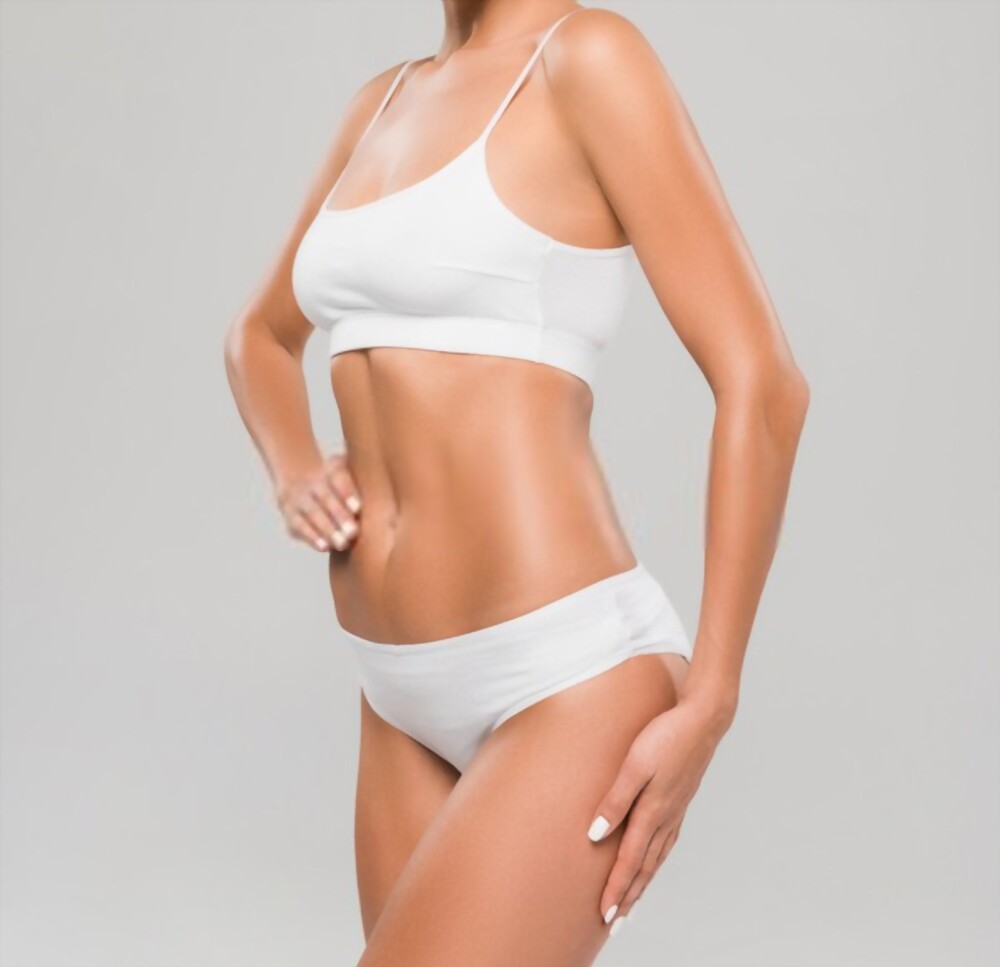
What is Fat Transfer?
The fat transfer technique, which has become one of the most powerful weapons of plastic and reconstructive surgery, that is considered one of the most successful rejuvenation, volume, regenerative effects and repair treatments of recent years. The fat transfer procedure is performed by taking the person’s own body fat and transferring it to the areas to be transferred. It can be said that it has a very wide range in terms of the areas it affects on the body.
To Which Regions Can Fat Transfer Be Made?
- Face Area: (Forehead, temple, under eye, cheek, nose, jaw line, lip)
- Nipples
- Butt
- Vagina
- Penis
- Tummy
- Scalp
For What Purpose is Fat Transfer Performed? How Does it Affect?
- Compensation of volume loss in the face area due to various reasons
- Correction of the dimpled appearance caused by deep acne scars
- Elimination of deformations in the face and body due to reasons such as aging, childbirth, and excessive weight loss.
- Filling the gaps that may occur after liposuction
- Restructuring of the regions desired to obtain a fuller and more shaped appearance
- FAT Hair Transplantation using during hair transplantation
- Female and male genital area surgeries
How is Fat Transfer Performed?
One of the goals of plastic and reconstructive surgery is to provide satisfactory, long-lasting and durable visual and healthy solutions, and there are some factors that affect the success rate of each procedure. The ability of the fat transfer procedure to provide the desired results depends on the quality of the fat to be transferred and the methods and techniques used to process the fat before the transfer.
It should not be forgotten that fat transfer is a surgical procedure that should be performed under hospital conditions. It should be known that the processes required for all surgical operations are also valid for fat transfer surgery. Before the fat transfer procedure is planned, the suitability of the person for this surgery is determined. The person who wants to have fat transfer surgery should inform the plastic surgeon in detail and completely about his expectations and wishes , general health status, medications used, and previous operations at the first doctor’s meeting . The fat transfer procedure begins to be planned for the patient whose surgery is decided in line with the information and data, such as the results of the examination and blood tests deemed necessary and what the person expects from the result of the operation. First of all, the donor area that may be suitable for fat transfer is determined. In general, areas where fat is stored most frequently, such as waist, abdomen, and hips, are preferred as donor sites. The fats taken by the liposuction method are transferred to the desired and determined areas by being purified and separated to enrich them from stem cells in special containers.
What is the Recovery Process After Fat Transfer Surgery?
- Local anesthesia and sedation , the patient can be discharged on the same day after resting for a while.
- Depending on the area applied, a 3-day rest period may be sufficient for the patient to return to his/her normal life.
- Although edema and bruising may occur in the transferred area, it is expected to begin to lighten and pass after 3 days. With cold compress applications, the edema problem can be reduced and it can pass in a short time.
As long as the doctor’s warnings, recommendations and demands regarding the process involving the liposuction procedure are taken into account, the patient is expected to recover easily and in a short time without experiencing any problems related to the surgery.
Specialist Doctors
Medical Branch
Succesful Operation
Other Details About Fat Transfer
Fat transfer is a kind of tissue transplantation and should be performed by surgeons specialized in this field under operating room conditions. Fat transfer is a procedure that can be successful as long as it can be adapted to the area where it is applied. For this reason, it is important that the transferred fats can be fed in the transport area.
Fat transfer surgery can be performed alone or combined with other aesthetic procedures. The fat transfer procedure, which is performed using special devices and without incision, can be considered as an advantageous aesthetic surgery option since it does not carry the risk of scar formation after the surgery and the recovery period is short.
